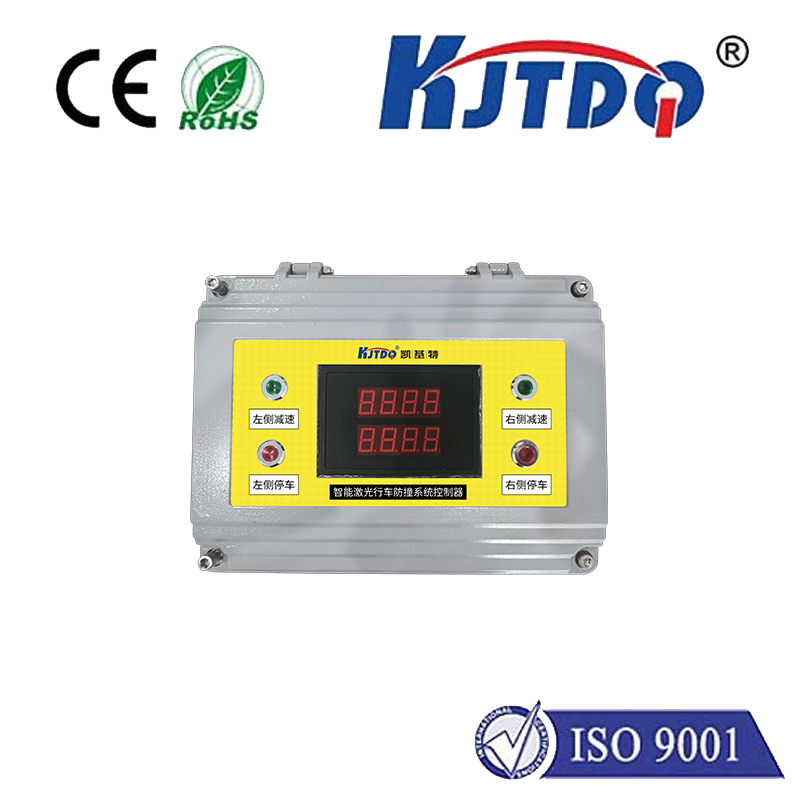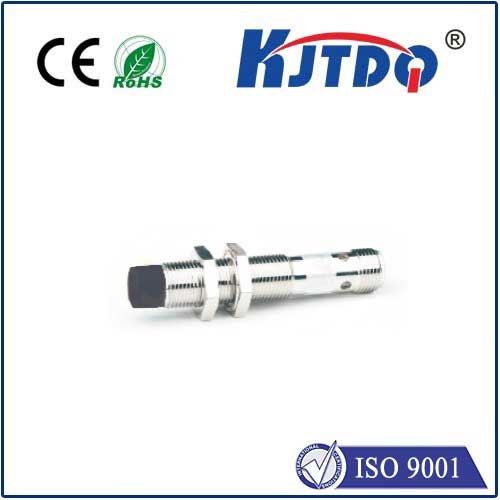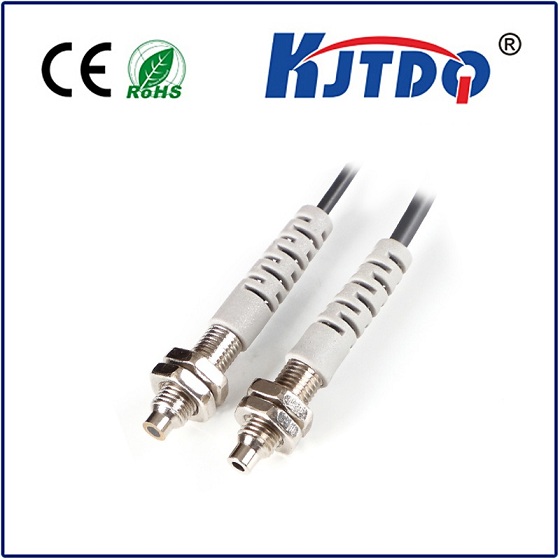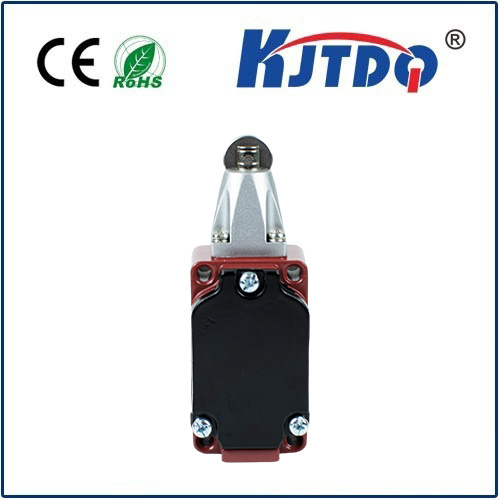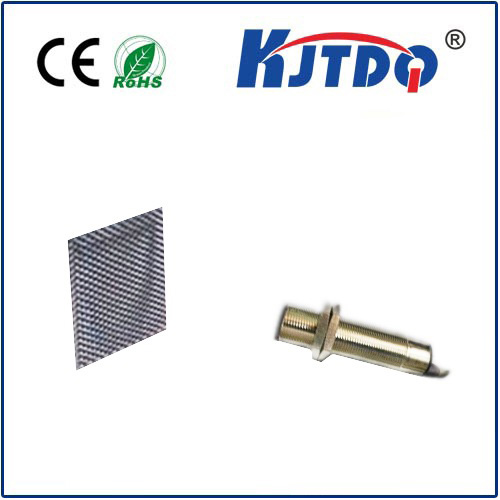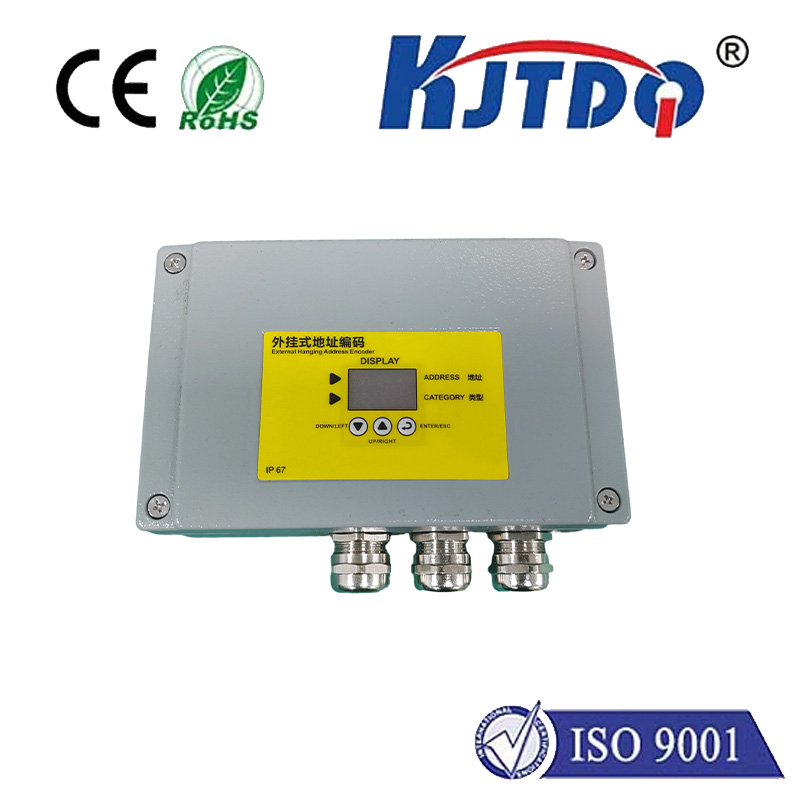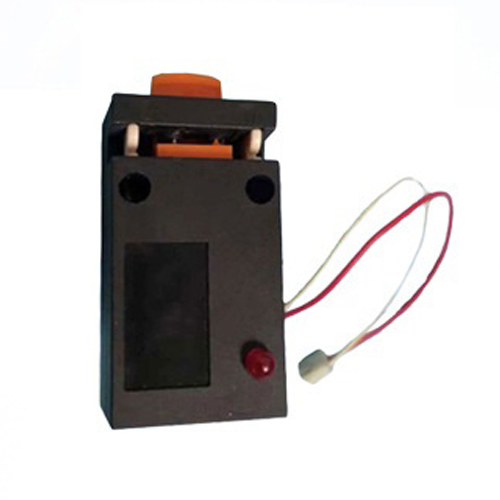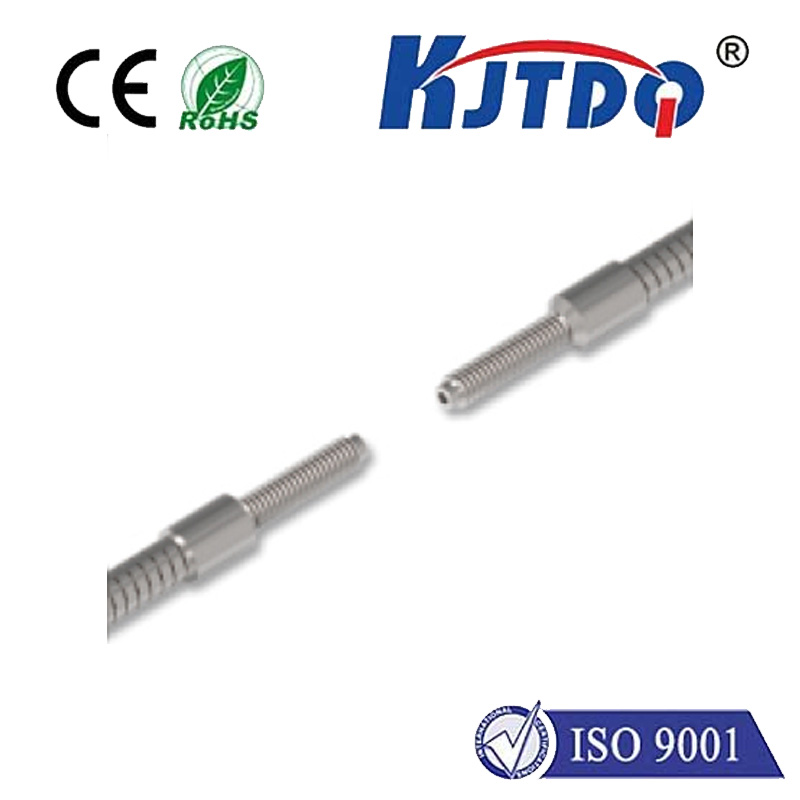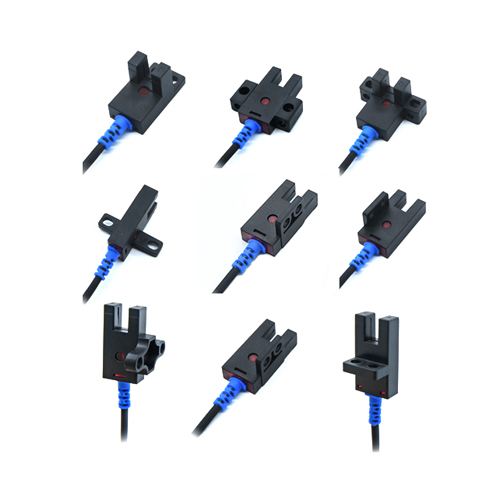Фотоэлектрический датчик расстояния
- time:2025-09-12 01:08:49
- Нажмите:0
What is a Photoelectric Distance Sensor? Working Principles and Applications
Imagine needing to know the distance between two points, but physical contact is impossible, the environment is harsh, or the measurement needs to be instantaneous and continuous. This is the exact challenge photoelectric distance sensors conquer daily, revolutionizing countless industries from factory floors to robotics labs. These ingenious devices, often simply called photoelectric sensors, leverage the fundamental properties of light to provide fast, accurate, non-contact distance measurement.
The Core Principle: Light as the Measure
At the heart of every photoelectric distance sensor lies a simple yet powerful concept: emit a beam of light and analyze what happens to it. The specific method of analysis determines the type of sensor and its suitability for various applications. The three primary working principles are:
- Triangulation: This is the most common method for precise short-to-medium-range distance sensing.
- A focused beam of light (usually laser or high-intensity LED) is emitted from a source (emitter) at a known angle towards the target.
- The reflected light (diffuse reflection from the target’s surface) strikes a position-sensitive detector (PSD), typically a linear array of photodiodes, located at a different, fixed angle from the emitter.
- The position where the reflected light spot hits the PSD changes based on the target’s distance. Closer targets reflect light hitting the detector nearer to the emitter-side; farther targets reflect light hitting farther away.
- The sensor’s internal electronics calculate the exact distance based on the known emitter angle, detector angle, and the precise spot position on the PSD. This method excels in accuracy, especially for small targets or precise positioning tasks.
- Time-of-Flight (ToF): This method measures the time it takes for a pulse of light to travel to the target and back.
- The sensor emits a very short, intense pulse of light (often infrared laser or LED).
- A highly sensitive receiver detects the reflected pulse.
- An internal precision timer measures the elapsed time (
Δt) between emission and reception.
- Since the speed of light (
c) is constant (~3x10^8 m/s), the distance (d) is calculated using the formula: d = (c * Δt) / 2. The division by two accounts for the round-trip journey of the light pulse.
- ToF sensors are ideal for longer ranges (meters up to hundreds of meters) and can measure distance independently of target color or reflectivity within their operational limits.
- Phase Shift Measurement (A Subset of ToF): Often used in shorter-range ToF sensors or laser rangefinders, this method modulates the intensity of the emitted light beam at a specific frequency.
- The reflected light has its phase shifted relative to the emitted beam due to the travel time.
- The sensor compares the phase difference between the emitted and received modulated signal.
- The distance is directly proportional to this measured phase shift.
- This method allows for high-resolution measurements over shorter to medium distances.
Key Components Enabling Functionality

Regardless of the working principle, photoelectric distance sensors share common essential components:
- Emitter: Generates the light beam (LED, Laser Diode - visible or infrared).
- Optics (Lenses): Focus the emitted beam and collect the reflected light efficiently.
- Receiver: Detects the reflected light (Photodiode, Phototransistor, Position Sensitive Device - PSD, often paired with lenses).
- Signal Processing Electronics: The “brain” that calculates the distance based on the receiver signal (position on PSD, time delay, or phase shift) and provides the output (analog voltage/current, digital signal, serial data).
- Housing: Protects the internal components from environmental factors like dust, moisture, and mechanical shock.
Why Choose Photoelectric Distance Sensing? Key Advantages
The adoption of photoelectric sensors for distance measurement is driven by compelling benefits:
- Non-contact Operation: Eliminates wear and tear, avoids damaging delicate targets, and enables measurement of moving objects.
- High Speed and Response Time: Ideal for fast-moving production lines or dynamic systems requiring real-time feedback. Measurements occur virtually at the speed of light.
- High Accuracy and Resolution: Modern sensors, especially laser triangulation and phase-shift ToF, offer sub-millimeter precision, crucial for quality control and positioning.
- Многогранность: Capable of measuring distances to a wide range of materials (matt, shiny, transparent with careful selection/setup), shapes, and colors.
- Long Sensing Ranges: ToF sensors, in particular, can measure distances significantly beyond the capabilities of many other non-contact technologies.
- Robustness: Designed to withstand challenging industrial environments (within specified IP ratings).
Understanding Limitations: Considerations for Use
While powerful, these sensors aren’t universal solutions. Key limitations include:
- Target Surface Dependence: Accuracy can be affected by the target’s color, reflectivity, transparency, and surface texture. Very dark, highly reflective (mirrors), or transparent materials often require special sensor models or setup.
- Environmental Factors: Ambient light (especially direct sunlight), dust, fog, steam, or smoke can interfere with the light beam, reducing reliability or range. Protective measures or sensor selection are crucial.
- Optical Obstructions: Any object blocking the emitted beam or reflected light path will cause measurement errors or failure.
- Cost: Generally more expensive than simpler proximity sensors or contact measurement methods, though prices vary greatly by type and capability.
- Complexity of Setup: Achieving optimal performance, especially with challenging targets or environments, may require careful alignment, parameter adjustment, and potentially filtering.
Where Photoelectric Distance Sensors Shine: Diverse Applications
The unique capabilities of these sensors make them indispensable in a vast array of fields:
- Промышленная автоматизация: Precise positioning of robots, conveyors, assembly arms; dimensional gauging (thickness, height, width); fill level detection in containers; web tension control; package sorting; object presence/absence verification on fast lines.
- Robotics: Collision avoidance, navigation (SLAM), terrain mapping, object manipulation, docking guidance.
- Перевозка материалов: Palletizing/depalletizing height control; automated guided vehicle (AGV) navigation and obstacle detection; warehouse inventory management.
- Logistics and Warehousing: Dimensioning packages for shipping optimization; vehicle detection at loading docks.
- Automotive: Driver assistance systems (ADAS), parking sensors (increasingly using ToF), assembly line quality control.
- Consumer Electronics: Autofocus assistance in cameras; gesture recognition; lidar for smartphones/tablets (often ToF-based).
- Building Automation & Security: People counting; automatic door activation; intruder detection systems.
- Сельское хозяйство: Crop monitoring; yield estimation; guidance of autonomous farm equipment.
Powering the Future of Measurement
Photoelectric distance sensors have moved far beyond simple detection. As versatile, non-contact measurement tools, they provide the essential data needed for precision, efficiency, and automation across an incredibly broad spectrum of modern technology. From ensuring a robotic arm places a component with micron accuracy to helping an AGV navigate a busy warehouse floor or enabling safety features in your car, these sensors transform light into actionable distance information. Understanding their working principles, advantages, limitations, and applications is key to unlocking their potential and driving innovation forward. The realm of photoelectric sensing continues to evolve, promising even greater accuracy, robustness, and integration in the years to come.

